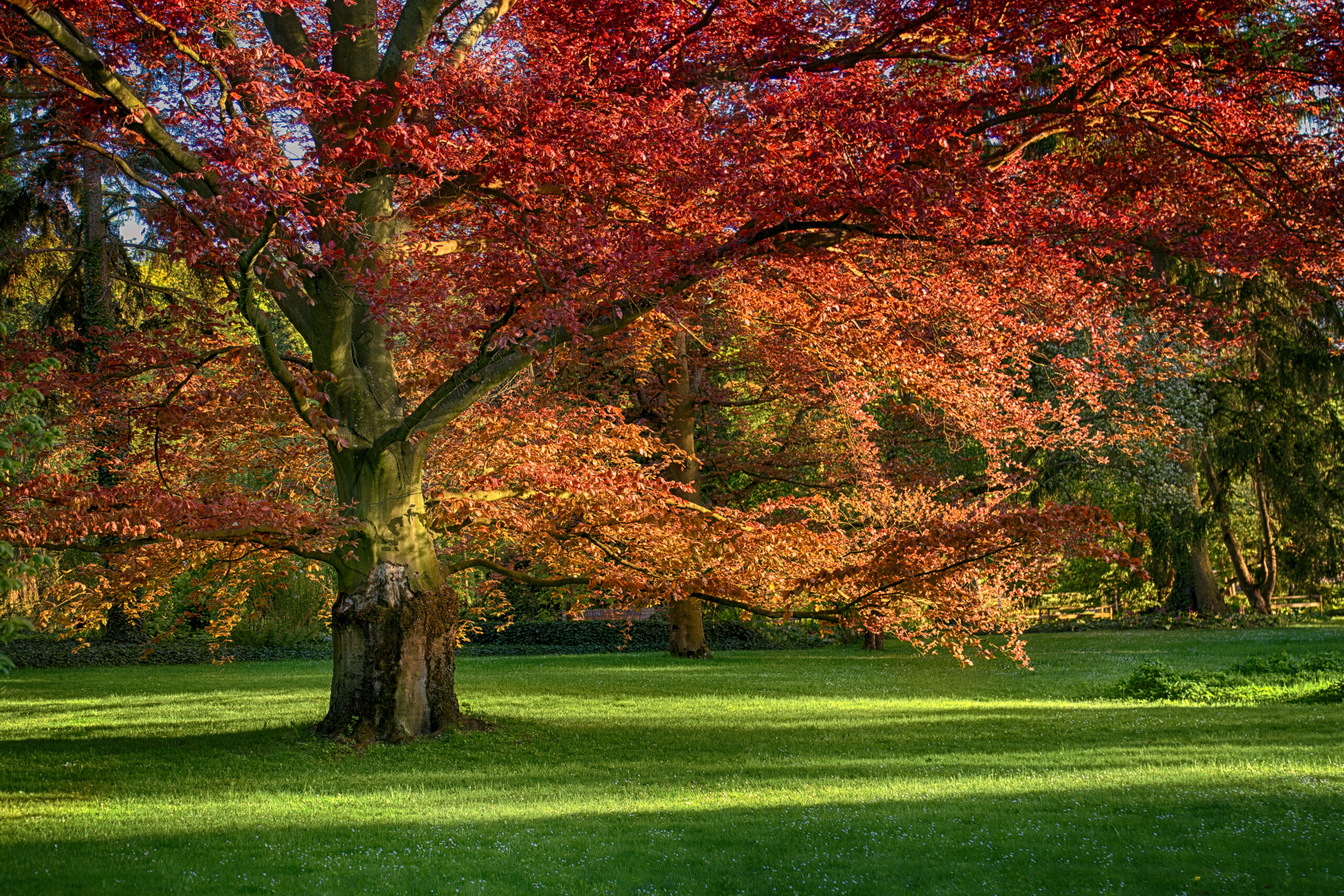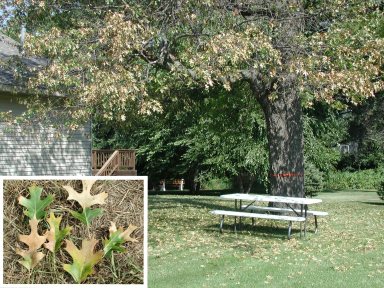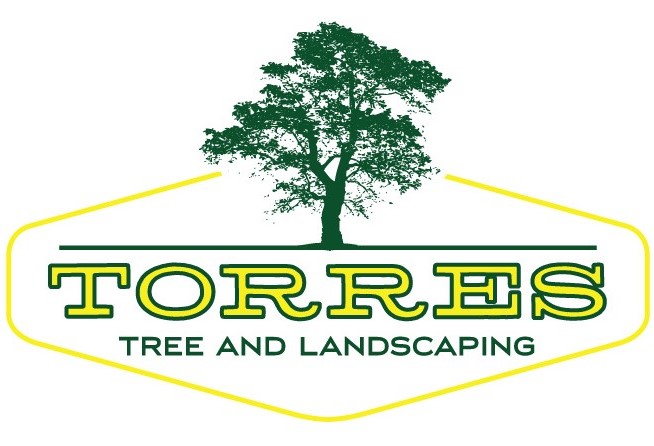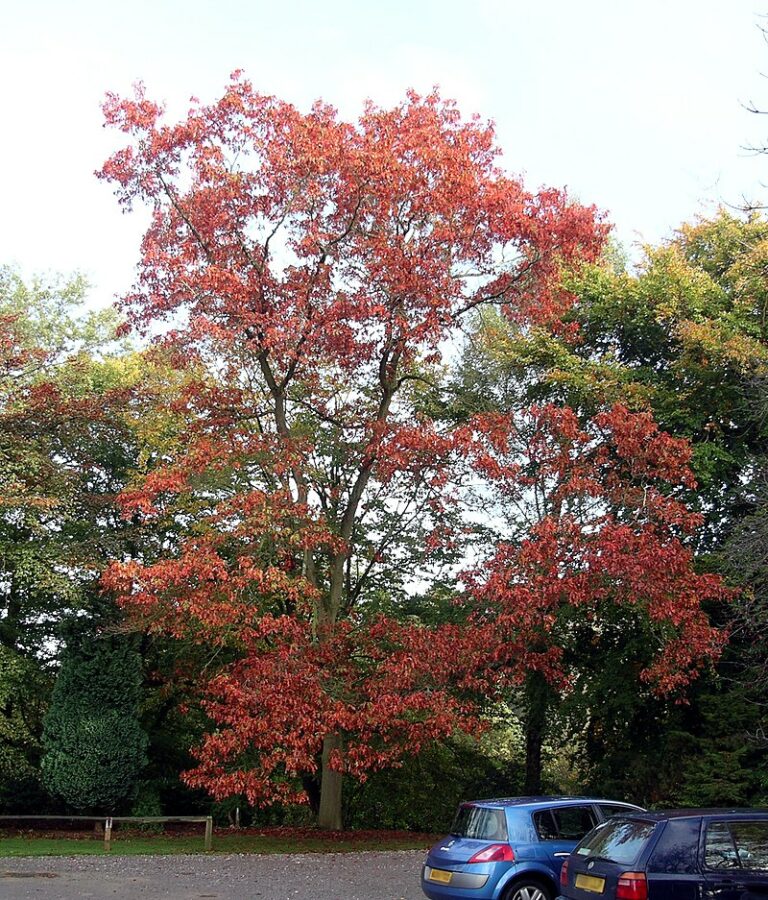The majestic Red Oak tree, scientifically known as Quercus rubra, has a rich history and is a beloved native species in Texas. Known for its stunning fall foliage, sturdy wood, and adaptability, this tree adds beauty and value to any landscape. In this article, we will delve into the Red Oak tree in Texas and all the information a prospective planted needs to know.
History of the Red Oak Tree in Texas
The Red Oak tree has a long history in Texas. It is native to the eastern and central regions of North America and has been an essential part of the natural landscape for centuries. In Texas, these magnificent trees have adapted well to the diverse environments and have become an integral part of the state’s forestry heritage.
Gray (n.d.) the Red Oak tree is a very tall tree that produces some of the most beautiful fall colors as the leaves start to change. Their brightly colored leaves are also more pointed compared to the other leaves from comparable trees. The Red Oak is well known for its ability to grow in a wide range of climates and at a faster pace than other trees.

When to Plant Red Oaks in Texas
The ideal time to plant Red Oaks in Texas is during the dormant season, which typically falls between late fall and early spring. This period allows the tree to establish its root system before the summer heat arrives. However, with proper care and attention, Red Oaks can be planted at any time of the year.
Where to Plant Red Oaks
Red Oaks thrive in full sun to partial shade conditions. When selecting a planting location, choose an area with good drainage and ample space for the tree to grow to its mature size. Avoid planting near structures, power lines, or other trees to allow the Red Oak ample space to spread its branches.
The hole should be 2-3 times wider than the root ball. The depth should be deep enough that the whole root tap fits without bending.

Size and Soil Preferences
A mature Red Oak tree can reach heights of 60 to 100 feet, with a spread of 40 to 60 feet. It’s important to consider this vertical and horizontal growth when determining the planting location. Red Oaks prefer moist, well-drained soils but can adapt to a wide range of soil types, including clay and loam. They are particularly tolerant of acidic soils.
Sun Preferences
Red Oaks are known for their adaptability to varying light conditions. While they prefer full sun, they can thrive in areas with partial shade as well. However, they may have less intense fall coloration in shadier locations.
Fertilizer Needs
Generally, Red Oaks do not require frequent fertilization. However, for optimal growth and health, it can be beneficial to apply a slow-release, well-balanced fertilizer in early spring. Always follow the manufacturer’s instructions and be cautious not to over-fertilize, as this can lead to nutrient imbalances and potential harm to the tree.
Common Diseases
While Red Oaks are typically hardy trees, they can be susceptible to certain diseases. One of the most notable diseases is oak wilt, which is prevalent in Texas. Oak wilt is a fungal infection that causes wilting, discoloration, and death of the tree. To prevent oak wilt disease, avoid pruning or wounding the tree during the warm months when the disease spreads rapidly. Consult with a professional arborist if you suspect any diseases or abnormalities in your Red Oak.
Texas A&M Forest Service. (n.d.) the spread of oak wilt disease in Central Texas can often be linked to the movement of firewood from infected red oaks. These trees produce “fungal mats” under the bark where certain insects feed; it is these insects that can infect new trees where the firewood has been moved.

Conclusion
The Red Oak tree holds a special place in Texas, with its historical significance and stunning beauty. When planting Red Oaks, choose the right location that provides adequate space and proper sunlight. Pay attention to soil preferences and follow proper fertilization practices.
Regularly monitor your Red Oak for signs of diseases and promptly address any concerns. By following these guidelines, you can enjoy the grace and grandeur of the Red Oak in your Texas landscape for generations to come. If you need expert tree care and maintenance services, Torres Tree Service is here to assist you. Contact us today to schedule a consultation and keep your Red Oak trees healthy and thriving.
References:
Gray, D. (n.d.). Red oak tree facts. The Tree Authority. https://thetreeauthority.com/1503/red-oak-tree-facts/
Texas A&M Forest Service. (n.d.) Trees of texas. Texas A&M Forest Service. http://texastreeid.tamu.edu/content/TreeDetails/?id=90
The Oak Wilt photo was retrieved from Wikipedia. https://en.wikipedia.org/wiki/Oak_wilt#/media/File:Oak_wilt_symptoms.jpg


